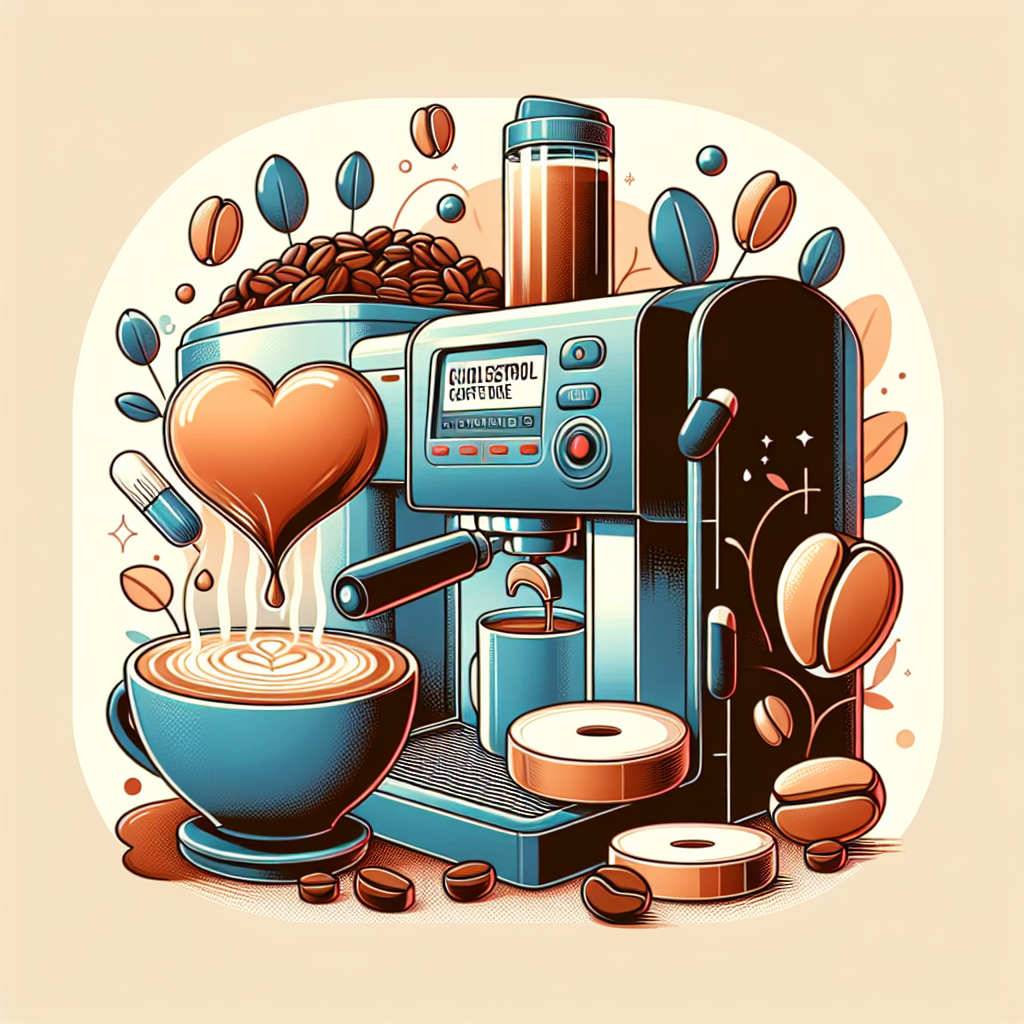Understanding Bidirectional Charging: The Future of Energy Flow
Bidirectional charging represents a revolutionary step in the management of electric vehicle (EV) energy and grid integration. In this article, we explore the critical questions surrounding bidirectional charging, its applications, and implications for consumers and the energy sector.

What Is Bidirectional Charging?
Bidirectional charging is a technology that allows electric vehicles (EVs) to not only receive power from the grid but also send energy back to it. This two-way flow transforms EVs into dynamic energy resources that can interact with homes and energy grids.
How Does Bidirectional Charging Work?
Bidirectional charging relies on special charging equipment, known as Vehicle-to-Grid (V2G) chargers. These chargers facilitate the exchange of energy by converting DC electricity from the EV battery into AC electricity that can be used by the grid. This process requires advanced communication systems that enable the vehicle to negotiate energy transactions with grid operators.
What Are the Benefits of Bidirectional Charging?
- Grid Stability: By feeding stored energy from EVs back into the grid during peak demand, bidirectional charging enhances grid reliability and stability.
- Cost Savings: EV owners can take advantage of time-of-use rates; charging during off-peak hours and potentially selling energy back to the grid at premium prices.
- Reduced Carbon Footprint: Utilizing renewable energy stored in EVs can power homes and businesses, promoting sustainability.
Are There Any Limitations of Bidirectional Charging?
While bidirectional charging offers numerous benefits, it also faces several challenges:
- Infrastructure Development: The current charging infrastructure needs significant upgrades to support bidirectional capabilities.
- Battery Degradation: Continuous cycling of battery discharge and recharge may lead to reduced battery lifespan.
- Complex Regulations: V2G technologies present regulatory challenges as utilities and governments adapt existing policies for this new energy paradigm.
What Types of Bidirectional Charging Systems Exist?
There are several models of bidirectional charging systems:
- Vehicle-to-Grid (V2G): Allows EVs to supply energy back to the grid.
- Vehicle-to-Home (V2H): The vehicle’s battery can power a home during an outage or when doing so is financially advantageous.
- Vehicle-to-Load (V2L): Enables EVs to power devices directly, such as tools at a job site or appliances during camping trips.
What Are the Implications of Bidirectional Charging for EV Owners?
For EV owners, bidirectional charging denotes a potential revenue stream. Depending on market conditions, owners can sell excess energy back to the grid or use it to offset their electricity costs at home. This capability can lead to a more robust return on investment for EVs, turning them from mere transportation vehicles into comprehensive energy assets.
How Does Bidirectional Charging Affect Renewable Energy Integration?
One of the most significant advantages of bidirectional charging is its potential to enhance renewable energy integration. By using charged energy from renewables, such as solar or wind, during peak hours, EVs can provide an efficient means of storing and reallocating clean energy. This integration could dramatically decrease reliance on fossil fuels, promoting a greener energy future.
What Technologies Support Bidirectional Charging?
Several technologies support bidirectional charging, including:
- Smart Grids: These allow for real-time communication between EVs, consumers, and utility companies.
- Advanced Metering Infrastructure: Necessary for accurate consumption data and for allowing sellers to receive compensation for energy fed back into the grid.
- Home Energy Management Systems (HEMS): These control and monitor energy usage at home, optimizing the use of energy from the EV battery.
Are There Any Risks Associated with Bidirectional Charging?
While bidirectional charging presents many benefits, it is not without risks. Potential cybersecurity threats to smart grid systems can pose significant vulnerabilities. Moreover, fluctuations in the energy market could make it economically disadvantageous to sell energy back to the grid at certain times.
When Will Bidirectional Charging Become More Common?
The timeline for widespread adoption of bidirectional charging relies heavily on technological advancements, infrastructure improvements, and regulatory changes. As more automakers design vehicles with bidirectional capabilities and utilities adapt to this new technology, the implementation of bidirectional charging systems will become increasingly common.
Conclusion
Bidirectional charging is set to reshape the landscape of electric vehicles and energy management. As this technology advances, its potential for creating a more sustainable, economically viable energy future will unfold. For EV owners, understanding and adopting bidirectional charging can potentially lead to significant contributions to the energy market while maximizing their vehicle's utility.
New posts

How Cities Are Adapting to Electric Vehicle Charging: Innovations and Strategies
Sustainability

Emerging Trends in Electric Vehicle Charging Standards: What to Watch for in 2024
Sustainability

The Future is Bright: EV Charging and Home Solar Panel Integration Explained
Home Improvement

Shaping Tomorrow: The Future of Bidirectional Charging for Electric Vehicles
Sustainability

Innovative EV Charging Startups Revolutionizing the Future
Startups

Understanding EV Charging Networks in Europe: A Comparative Analysis
Electric Vehicles

Choosing the Perfect EV Charger for Your Vehicle: A Comprehensive Guide
Home Improvement

The Role of Energy Storage Systems in EV Charging Setups
Sustainability

Essential Steps for EV Home Charging Installation
Home Improvement

Top Solar Panels for EV Charging: The Smart Choice for Eco-Friendly Drivers
Electric Vehicles
Popular posts

How to Reset Your EV Charger: A Comprehensive Guide
Home Improvement

EV Charger Firmware Updates: What You Need to Know
Firmware-Updates

Exploring the Latest EV Charging Station Design Trends
Technology Trends
DIY Guide to Installing a Wallbox: A Step-by-Step Approach
DIY

Insights from the Frontline: Interviews with EV Charging Industry Experts
Interviews

Understanding the Difference Between AC and DC Chargers: Key Insights
Energy Efficiency

Future Trends in Public EV Charging: What to Expect in the Coming Years
Sustainability

The Future of EV Charging Stations and Smart Grid Integration: Transforming Energy Management
Sustainability

Breakthroughs in Wireless EV Charging: The Future of Electric Mobility
Innovation

EV Charging Myths vs Facts: Debunking Common Misconceptions
Sustainability